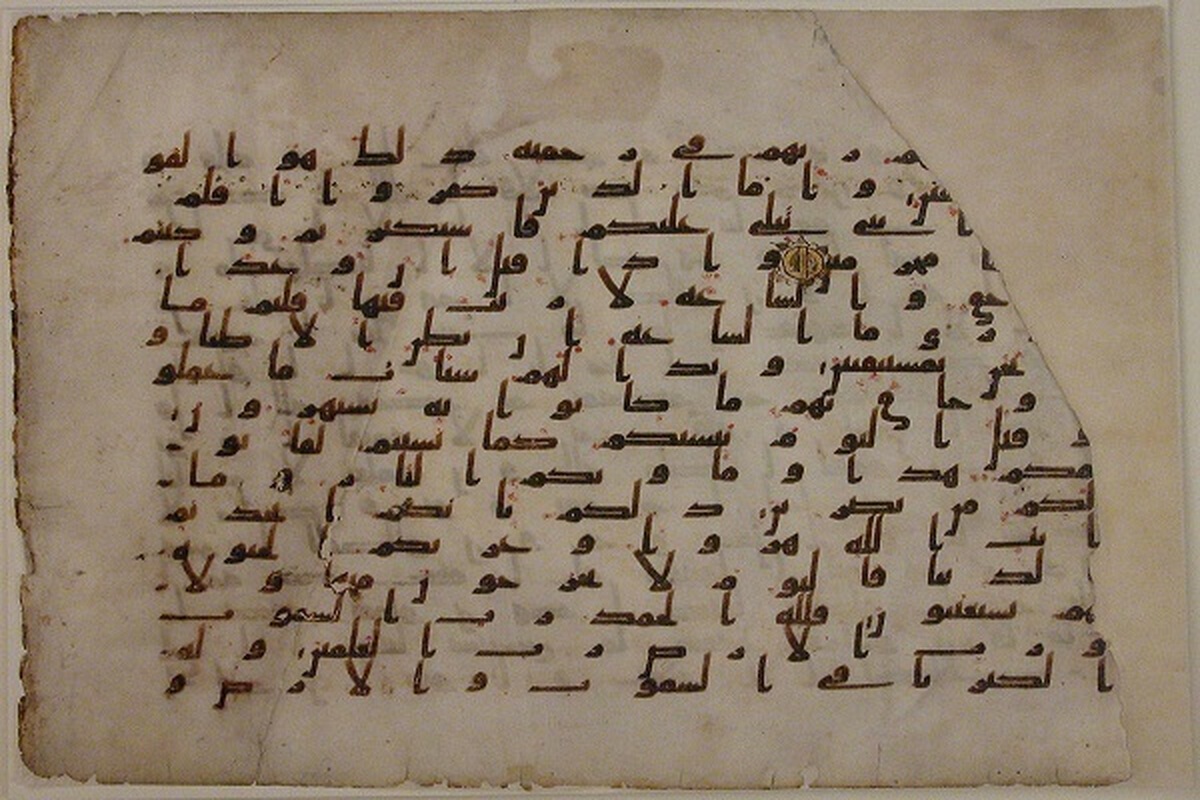An Introduction to History of Quran Manuscripts


Other non-Muslim scholars though have conducted studies on the history of oldest manuscript copies of the Quran.
Francois Deroche, a French scholar who is a specialist in Codicology and Palaeography, has discussed the features of the earliest manuscripts of the Holy Quran in his book “Qurans of the Umayyads: A First Overview”.
In his studies, Deroche analyzes the styles of writing in these historic manuscripts, considering the calligrapher and the region where those manuscripts were produced.
He offers descriptions of the manuscripts, different kinds on inks, paper, and other materials used in them. He also explains the stages of advances in calligraphy skills in different years.
He underlines the role of these manuscripts in confirming the authenticity of what comes in the text of the Quran.
The first part of the book is focused on a number of Quran manuscripts dating back of the Umayyad era, most of which are now held in Paris and Saint Petersburg.
In the second chapter of the book, the author closely analyzes three manuscript. One of them is in Istanbul, another is in London and the third one in Saint Petersburg.
He also discusses other Quran manuscripts being held in Yemen’s Sana’a and Tunisia’s Kairouan. The overall appearances of these copies, especially their calligraphy style, are similar to the oldest Quran manuscripts.
They most likely date back to before 695 AD and during the reign of Abdul Malik ibn Marwan (646-705).
Read More:
In the third chapter, the author discusses the changes in the form of the manuscripts, focusing on two copies in which there is a vertical arrangement that shows the development in manuscripts.
In the last chapter, the “Emperor Copy” (probably the Ottoman copy) is analyzed by the author.
Deroche also refers to two manuscripts one in Sana’a and the other in Germany, saying they were produced during a period in Umayyad era when more attention was paid to the beauty of the copy.


